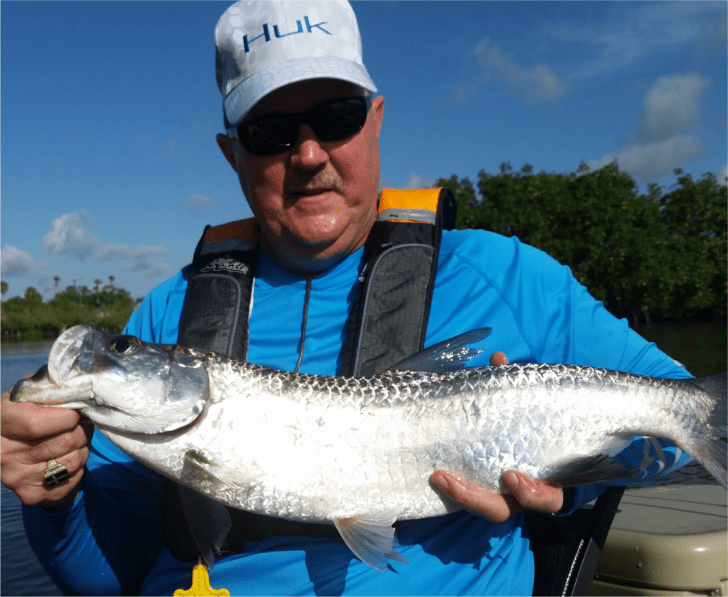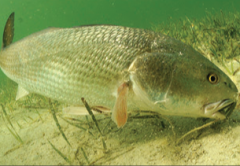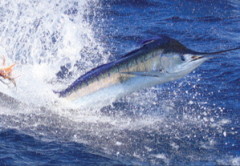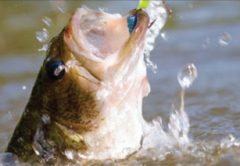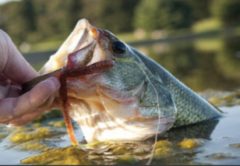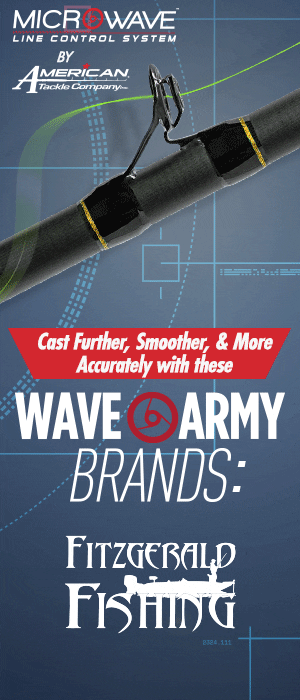Tarpon time is here, and I couldn’t be more excited. The young years of my life were spent chasing juvenile tarpon on Pine Island Road, and along North Merritt Island’s (MI) ditches in the summer. Those days of living on Pine Island Road have passed, and diversions in flow have changed the way tarpon use north MI in general.
The love for these fish continues, and they are plentiful over the entire Space Coast in East Central Florida. Fishing small lures is fun and productive on juvi poon’s, but the most excitement can be had with a fly rod. My brother and I perfected the side arm cast needed to send our 3 inch white “minnow” fly’s under the mangrove canopy to waiting tarpon. Many miles were biked in search of the tell tail roll that gives away the tarpon’s presence from birth to death. That roll and gulp of air are what give the tarpon such an advantage in the stale low oxygen backwaters. As part of their life cycle they spend those early years feasting on minnows of all shapes in mangrove lined swamps, canals, and ditches. So, it stands to reason these fish readily fall for small offerings. Hard plastic lipped plugs, topwater plugs, Slayer Inc. SST’s, Mirr-O-Dine’s, and flies that are less than 4 inches in length will be clobbered by these 5 to 35-pound tarpon. White is always a productive color and stands out well in the typically dark stained waters. If conditions line up, you can also find large groups of these smaller tarpon on open flats. This early bite of “open water” juvenile tarpon will not stay in open water as the sun rises, so be on the water predawn.
Does the giant tarpon from 80-150 lbs. come in the lagoon? Yes, every year we have big poons push up the IRL, but they are tough to find and target for the most part. We do get a massive migration of these beastly tarpon in our near-coastal waters of the Atlantic Ocean. The waters off Cocoa Beach, Cape Canaveral, Kennedy Space Center, and Port Canaveral fill with pods of bait as summer approaches and the tarpon enjoy a great feast. These fish must be tackled with gear in the 20-40lb range to even stand a chance. Leader from 60-80lb and 6/0-8/0 circle hooks should be used for the battle ahead. Ocean tarpon roll just like their baby brothers in the ditch, so you’ll know if you’re in productive water. Trolling live baits like mullet, pogies, croakers, and pinfish of the large variety will get you the most solid hook-ups. You can hook and land them on a large assortment of “big” lures, but they tend to shake the hooks with these. Remember to always bow-to-the-king; silver king that is! It’s the best way to keep them hooked when they decide to take off jumping. A little lean forward when he goes flying is the way to do it.

